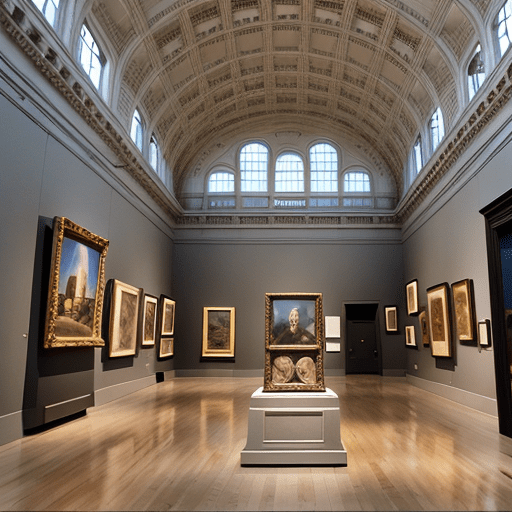The World’s First Skyscraper: The Story of the Home Insurance Building
In the late 19th century, as cities experienced rapid population growth and the need for more office space, architects and engineers began to explore new solutions for urban expansion. The Great Chicago Fire of 1871, which devastated large parts of the city, provided an opportunity to rebuild with more durable materials. This led to the birth of the world’s first skyscraper, and the Home Insurance Building in Chicago became a groundbreaking example of this architectural innovation. In this article, we will explore the evolution of skyscrapers and delve into the story of the Home Insurance Building, which forever changed the city skyline.
The Rise of the Skyscraper
The Need for Innovation
After the Great Chicago Fire, the city of Chicago was determined to rebuild quickly and use materials that were less susceptible to fire. The traditional low-rise structures made of wood were no longer sufficient for the growing city’s needs. Architects and engineers began to search for new ways to construct taller buildings that could accommodate the increasing demand for office space.
The Birth of the Skyscraper
The Home Insurance Building, completed in 1885, marked the birth of the skyscraper era. Designed by William Le Baron Jenney, this 10-story structure stood tall in the heart of Chicago. It was a marvel of engineering and a testament to human ingenuity. Jenney’s innovative design departed from the traditional load-bearing walls and introduced a revolutionary concept: the use of a steel frame “skeleton” to support the building’s weight.
The Innovative Design of the Home Insurance Building
The Iron-Frame Skeleton
At the core of the Home Insurance Building’s design was the iron-frame skeleton. Jenney’s inspiration for this innovative approach came from observing his wife place a heavy book on a small birdcage, which effortlessly supported its weight. This revelation led him to believe that an iron skeleton could hold up a building, and he set out to prove it.
The Advantages of Steel
Jenney’s design incorporated steel, a relatively new material at the time, which offered several advantages over traditional construction materials. Steel was not only fire-resistant but also much lighter and stronger than masonry. By using steel, the Home Insurance Building was able to achieve significant height without sacrificing structural stability.

The Curtain Wall
Another striking feature of the Home Insurance Building was its curtain wall. Unlike earlier buildings, which relied on thick masonry walls for structural support, the Home Insurance Building used non-structural stone sheathing attached to the steel frame. This allowed for large windows and abundant natural light, creating a more pleasant and functional interior space.
The Impact of the Home Insurance Building
The World’s First Skyscraper: A Symbol of Progress
The completion of the Home Insurance Building marked a turning point in architectural history. It demonstrated that tall buildings could be constructed safely and efficiently, encouraging further innovation in the field. The building became a symbol of progress and a testament to human achievement.
The Birth of the Chicago School
The Home Insurance Building’s success paved the way for the First Chicago School of architecture. This movement, characterized by its focus on functionalism and the innovative use of steel and glass, left a lasting impact on the city’s skyline. Architects like Louis Sullivan and Daniel Burnham, who were influenced by the Home Insurance Building, went on to design iconic skyscrapers that defined the Chicago School’s style.
The Legacy of Skyscrapers
The Home Insurance Building’s legacy extends far beyond its physical presence. It sparked a global fascination with skyscrapers and inspired architects around the world to push the boundaries of what was possible. Today, skyscrapers dominate the skylines of major cities worldwide, and they continue to evolve and push the limits of architectural design.
The Home Insurance Building stands as a testament to the power of human ingenuity and innovation. Its iron-frame skeleton and innovative design revolutionized the way buildings were constructed, paving the way for the rise of the skyscraper. This architectural marvel not only transformed the city of Chicago but also left an indelible mark on the world of architecture. The Home Insurance Building will forever be remembered as the pioneer that ushered in a new era in urban construction. As we marvel at the towering skyscrapers that define our modern cities, we can trace their roots back to the groundbreaking achievements of the Home Insurance Building.



